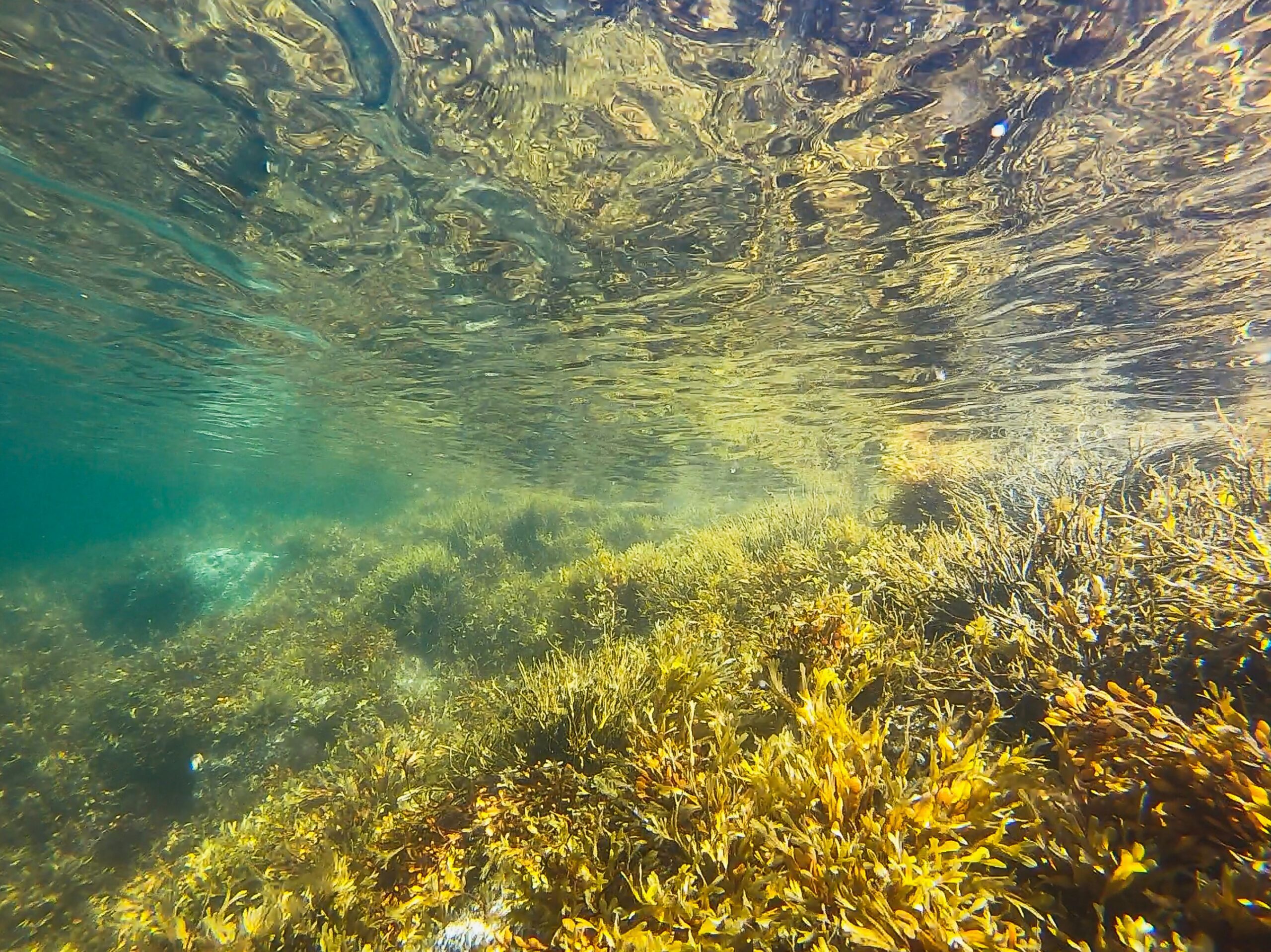(Bloomberg) —
Climate change has decimated giant kelp in Australia, but scientists are hoping that a Google artificial intelligence initiative can help revive the underwater forests crucial to ocean health and coastal economies.
Giant kelp forests help protect coastlines from storms, provide habitats for valuable species like abalone and lobster and serve as shelter for fur seals and other critters that attract tourists. But rising marine temperatures are depriving giant kelp of nutrients and unleashing invasions of kelp-eating urchins, wiping out 95% of the undersea forests off the Australian island state of Tasmania and curtailing them worldwide.
“Giant kelp are a foundational species, but they just can’t live in those conditions,” said Anusuya Willis, director of the Australian National Algae Culture Collection at the Commonwealth Scientific and Industrial Research Organisation (CSIRO). “A few decades ago, giant kelp used to cover most of the coastal area in Tasmania. Now, there are only a few patches left where there’s an actual structural forest.”
The partnership announced Thursday between Google, Australian scientists, the Nature Conservancy and other environmental groups aims to reverse the decline through two AI-powered strategies. The first will locate remnant stands of kelp, first in Tasmania and later in areas off mainland Australia. The second seeks to identify heat-resistant strains of giant kelp.
Both require analyzing vast volumes of data. That’s where AI comes in. To locate surviving stands of kelp, researchers will use Google Cloud’s Vertex AI platform to scan satellite imagery of 7,000 square kilometers (2,700 square miles) of ocean.
The algorithms are trained to detect signals in the imagery that indicate the presence of kelp, including distinctive reflections from macroalgae in near-infrared wavelengths that aren’t visible to the human eye. The AI must also distinguish between growing stands of giant kelp and free-floating strands broken off by storms. Such techniques have previously been used to estimate the size of kelp forests in California and detect whales.
“The idea is to create a baseline national map of the remnant kelp forests, something that’s actually never existed before,” said Leah Kaplan, sustainability business lead for Google Cloud, APAC. Those maps will be used by the Nature Conservancy and its partners to guide the planting of more heat-resistant varieties of kelp.
Speaking from Hobart, Tasmania, on Wednesday, Kaplan noted that the temperature had reached 36C (97F) that afternoon, on what would normally be a temperate summer day. The island is just 2,575 kilometers (1,600 miles) north of Antarctica, but Tasmania has been suffering a six-week-long marine heat wave, according to Willis, with ocean temperatures reaching 20C.
“It’s just really stressful for the kelp that prefer temperatures below 18 degrees,” she said. “Marine heat waves that push the average temperature above 18 degrees for extended periods of time can wipe out all populations.”
Willis and her colleagues will use Google’s AI during a three-year project to identify genetic characteristics of kelp that make some varieties more heat-resistant than others. That data will be used to breed strains with a greater chance of survival when transplanted to the ocean.
“It’s going to be a lot of factors that allow particular kelp to withstand temperatures and we don’t know what they are,” Willis said. “So it’s going to be a huge amount of data, which is where the AI comes in to actually help sort it out and analyze it to pull out the parts we need to understand what’s going on.”
The goal is to restore 30% of Australia’s giant kelp forest. “We want to make sure that these restorations that are occurring succeed into the future and that the kelp can withstand what happens in the next 20 to 30 years,” she said.
To contact the author of this story:
Todd Woody in San Francisco at twoody4@bloomberg.net
© 2024 Bloomberg L.P.





